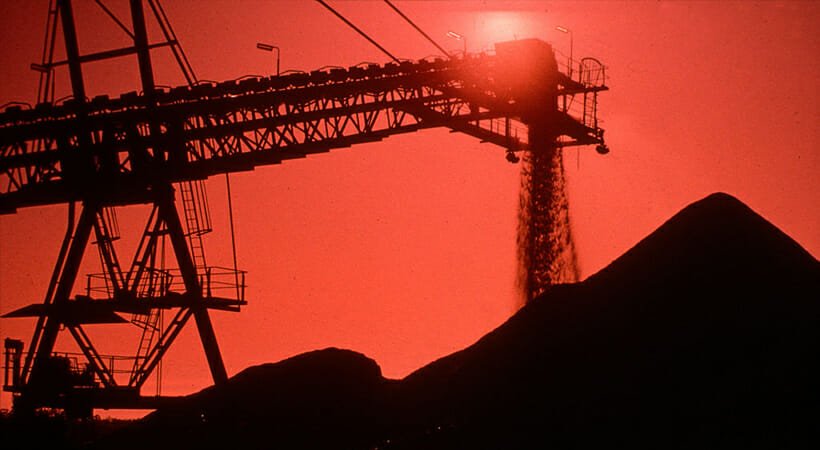More Accurate, Site-Specific Particulate Emissions Estimates
AP-42 Chapters 13.2.4 (“Aggregate Handling and Storage Piles”) and 13.2.5 (“Industrial Wind Erosion”) have formulas for calculating particulate emissions that include wind speed. We can provide more accurate wind speed inputs for these wind-generated emission calculations by constructing a scale model of the site, placing the model in our atmospheric boundary layer wind tunnel, and measuring the local wind speed and/or friction velocity in areas where wind emission factors need to be determined.
Industrial Wind Tunnel Modeling For Wind-generated Emissions
Some sources of particulate emissions that benefit from site-specific physical modeling include:
- Coke pits
- Aggregate handling
- Grain handling
The local speeds are related to a reference speed (typically an airport or site anemometer). The ratio of local speed to reference wind speed is determined for all wind directions and locations of interest for use in calculating wind generated particulate emission rates.
An example wind tunnel modeling approach is provided in AP-42 Section 13.2.5. In some situations, we can determine the threshold wind speeds onsite using our portable wind tunnel.
Using these tools and our industry-leading experience, CPP can determine more accurate, site-specific wind effects on particulate emissions for silo loading or coke pits. We can also evaluate possible mitigation measures, such as retaining walls, to help reduce those emissions.

